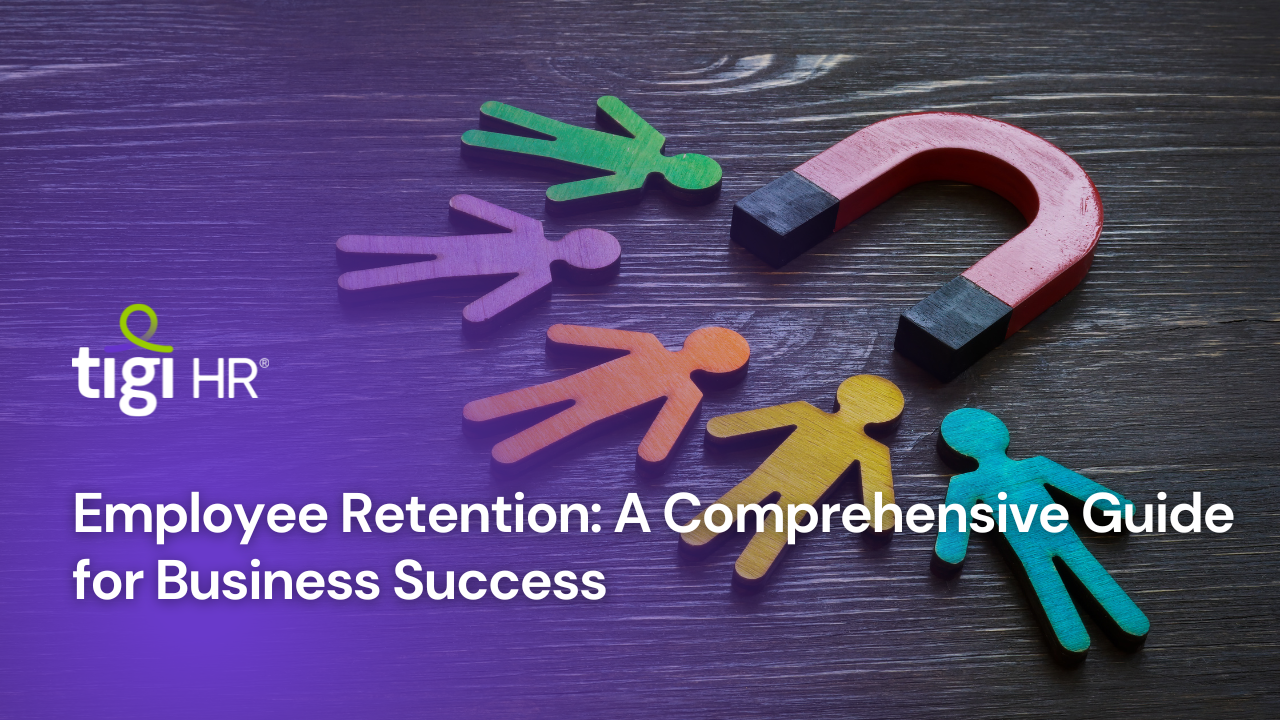In the competitive landscape of modern business, retaining top talent has become a critical priority for sustained success. High turnover rates not only incur substantial costs but also disrupt productivity and impede growth. This comprehensive guide explores proven strategies and insights to bolster employee retention, paving the way for organizational prosperity.
Understanding the Impact of Employee Retention
Employee turnover is a significant concern for businesses globally. Studies indicate that the cost of replacing an employee can range from 50% to 200% of their annual salary, taking into account recruitment expenses, training costs, and lost productivity. Moreover, high turnover rates can detrimentally impact company culture, morale, and ultimately, the bottom line.
Identifying the Root Causes of Turnover
To effectively combat turnover, it’s imperative to comprehend its underlying causes. Common factors contributing to employee attrition include:
- Lack of Growth Opportunities: Employees seek avenues for advancement and skill development. Organizations that fail to provide growth prospects risk losing talent to competitors.
- Poor Work-Life Balance: A work environment that doesn’t prioritize balance can lead to burnout and dissatisfaction among employees.
- Inadequate Recognition and Rewards: Feeling undervalued or underappreciated is a significant driver of employee disengagement.
- Cultural Misalignment: When an employee’s values don’t align with the company’s culture, it often results in a lack of connection and eventual departure.
Proven Retention Strategies
- Invest in Employee Development: Providing continuous learning opportunities and career advancement pathways not only enhances skill sets but also fosters loyalty and commitment.
- Prioritize Work-Life Balance: Flexible work arrangements, wellness programs, and initiatives supporting mental health contribute significantly to employee satisfaction and retention.
- Recognition and Rewards: Implementing robust recognition programs and fair compensation packages reinforce a culture of appreciation and motivate employees to perform at their best.
- Cultivate a Positive Workplace Culture: A vibrant and inclusive culture that promotes open communication, transparency, and a sense of belonging creates an environment where employees thrive and are more likely to stay.
Leveraging Data and Analytics
Harnessing data-driven insights is instrumental in devising effective retention strategies. Analytics can uncover patterns, such as departments with higher turnover rates or specific reasons behind employee exits, enabling targeted interventions.
The Role of Leadership in Retention
Effective leadership is pivotal in fostering a culture that values its employees. Engaged and empathetic leaders who prioritize the well-being and growth of their teams set the tone for a retention-focused environment.
Tailoring Retention Strategies for Remote Work
The shift to remote work has necessitated a reevaluation of retention strategies. Remote-specific engagement initiatives Remote Work Opportunities: Pros and Cons, digital communication tools fostering connectivity, and initiatives supporting remote employee well-being are crucial in retaining talent in distributed work environments.
Measuring Retention Success
Measuring the effectiveness of retention strategies involves tracking turnover rates, conducting regular employee satisfaction surveys, and analyzing engagement metrics. These insights enable organizations to fine-tune their approaches and address evolving needs.
Conclusion: The Path to Sustainable Success
In conclusion, employee retention isn’t a one-size-fits-all solution; it’s a comprehensive strategy encompassing various facets of organizational culture, leadership, and employee well-being. By understanding the root causes of turn over, implementing targeted retention initiatives, leveraging data-driven insights, and fostering a culture that values its employees, organizations can fortify their workforce and pave the way for sustained success in today’s competitive landscape.





